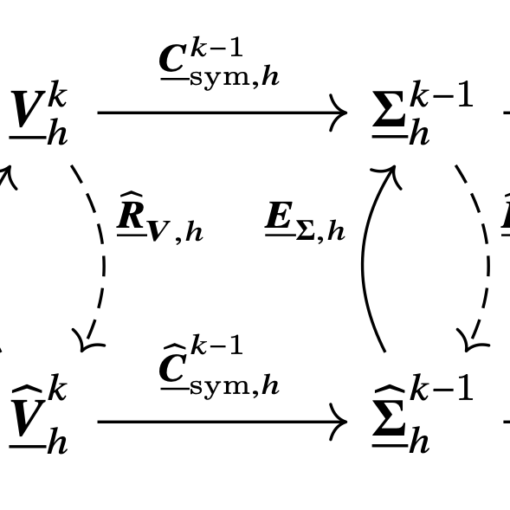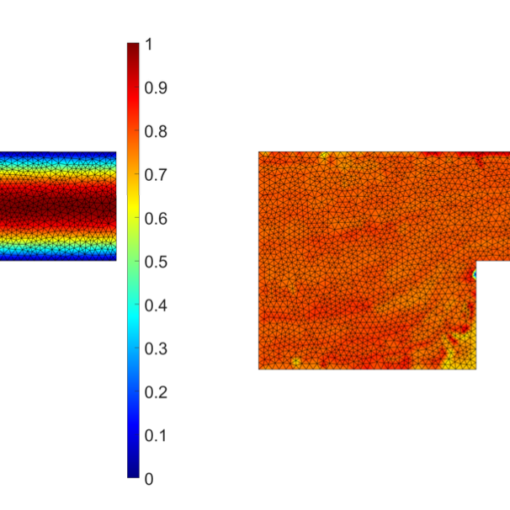A new MOX report entitled “Agglomeration of Polygonal Grids using Graph Neural Networks with applications to Multigrid solvers” by Antonietti, P. F.; Farenga, N.; Manuzzi, E.; Martinelli, G.; Saverio, L. has appeared in the MOX Report Collection.
The report can be donwloaded at the following link:
https://www.mate.polimi.it/biblioteca/add/qmox/79/2022.pdf
Abstract: Agglomeration-based strategies are important both within adaptive refinement algorithms and to construct scalable multilevel algebraic solvers. In order to automatically perform agglomeration of polygonal grids, we propose the use of Graph Neural Networks (GNNs) to partition the connectivity graph of a computational mesh. GNNs have the advantage to process naturally and simultaneously both the graph structure of mesh and the geometrical information, such as the areas of the elements or their barycentric coordinates. This is not the case with other approaches such as METIS, a standard algorithm for graph partitioning which is meant to process only the graph information, or the k-means clustering algorithm, which can process only the geometrical information. Performance in terms of quality metrics is enhanced for Machine Learning (ML) strategies, with GNNs featuring a lower computational cost online. Such models also show a good degree of general! ization w hen applied to more complex geometries, such as brain MRI scans, and the capability of preserving the quality of the grid. The effectiveness of these strategies is demonstrated also when applied to MultiGrid (MG) solvers in a Polygonal Discontinuous Galerkin (PolyDG) framework.




